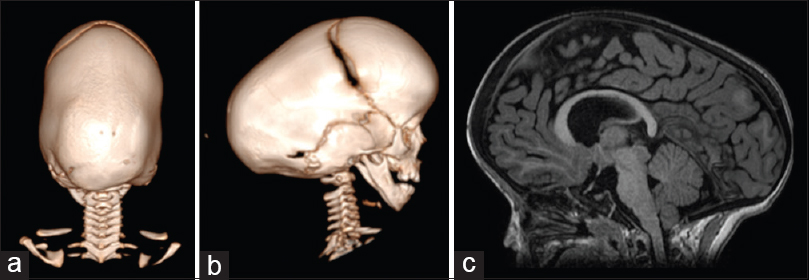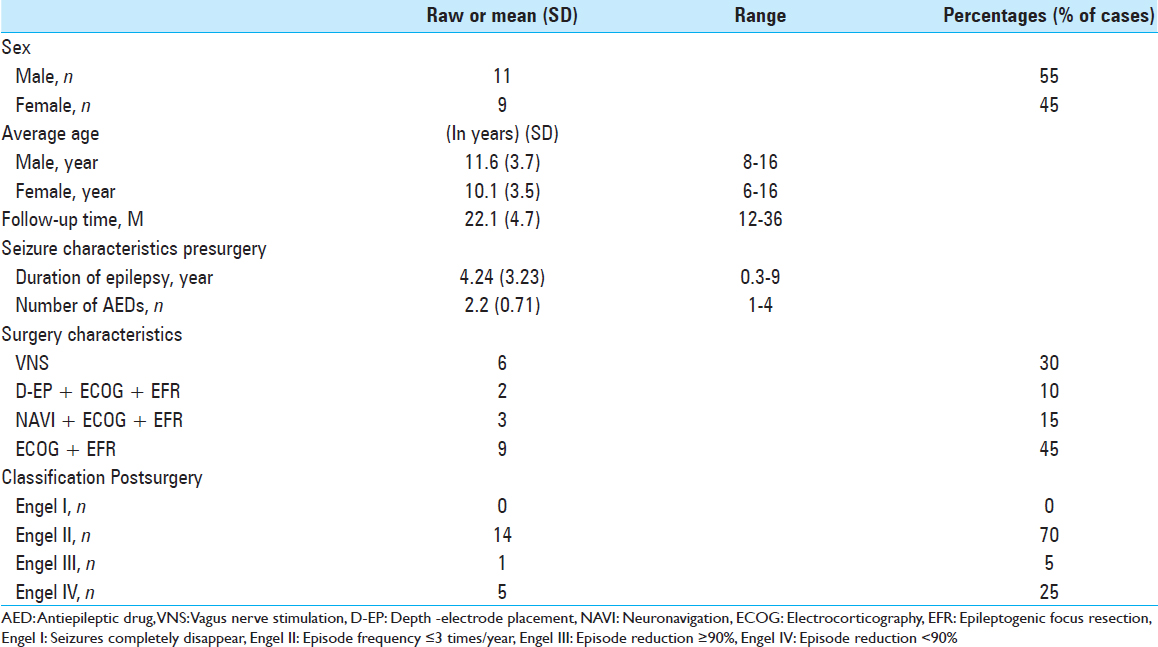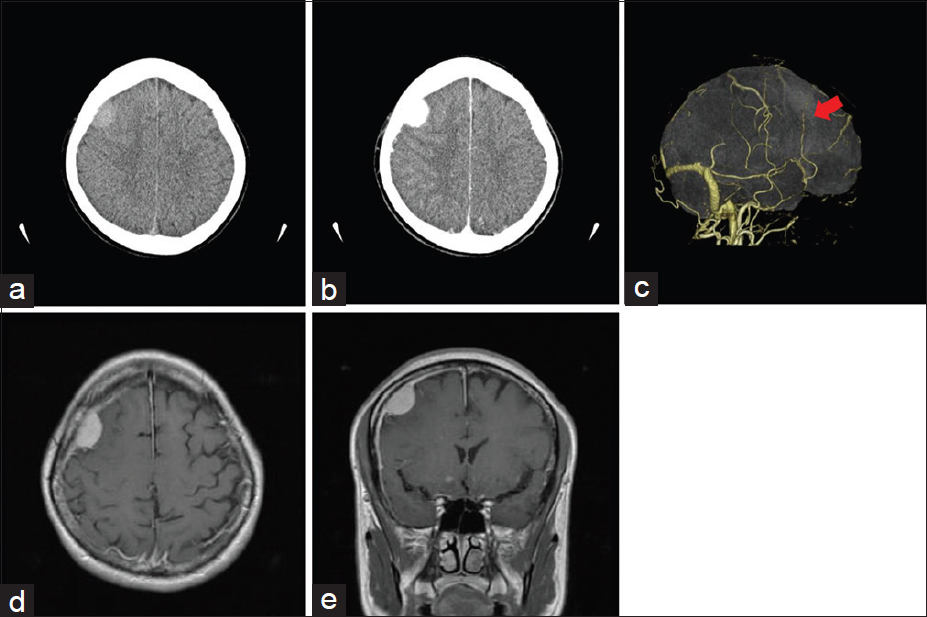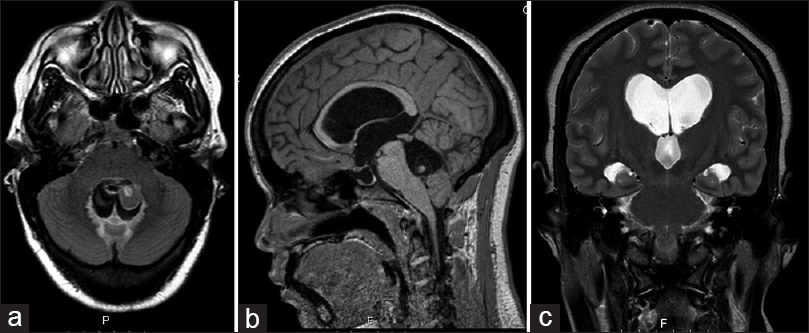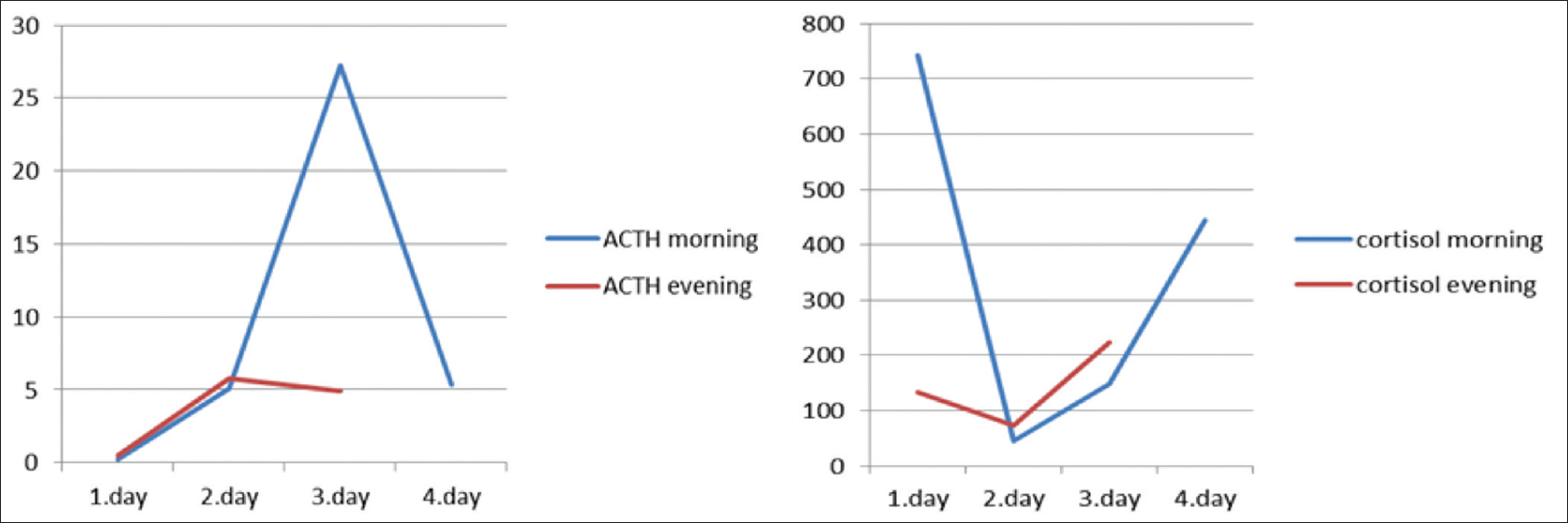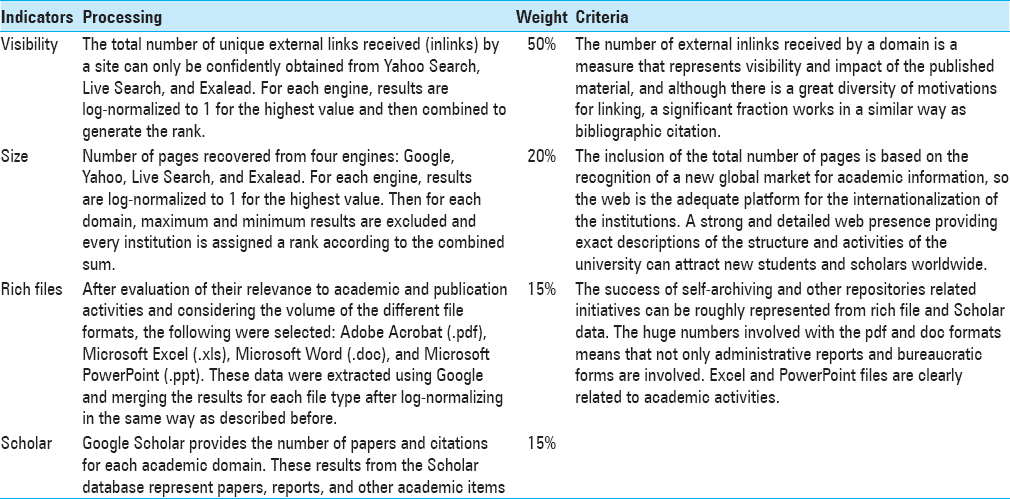Bilambdoid and sagittal synostosis: Report of 39 cases
Date of publication: 11-Oct-2018
Background:Bilambdoid and sagittal synostosis (BLSS), also called “Mercedes Benz synostosis,” is a multisutural craniosynostosis that has been described as a specific entity. However, this synostotic pattern can also be found in syndromic craniostenosis. To better define this entity we reviewed our experience with bilambdoid and sagittal synostosis.
Double-clip technique: An effective clipping technique for small and very small aneurysms
Date of publication: 11-Oct-2018
Background:In this video abstract, we present a double-clip technique for the management of small (≤5 mm) and very small (≤3 mm) aneurysms with a suitable configuration to apply two clips. This is a parallel duplication clipping technique of booster clipping which uses mini-clips that have a smaller closing force compared to standard clips. This technique prevents the slippage of the applied clips, was developed along the career of the senior author (Juha Hernesniemi), and has been previously proved to be safe and effective for aneurysm clipping.
Erratum: Morphometrics predicts overall survival in patients with multiple myeloma spine metastasis: A retrospective cohort study
Date of publication: 08-Oct-2018
Improvement of intellectual outcomes in 20 children with refractory epilepsy after individualized surgery
Date of publication: 08-Oct-2018
Background:Refractory epilepsy is a common and troublesome neurosurgical disease. This study is designed to compare seizure control and degrees in intellectual outcome in children with refractory epilepsy after surgical treatment.
Severe headache in a patient with meningioma showing extensive dural tail correlates with IgG4-positive plasma cells and eosinophils: A case report and review of literature
Date of publication: 08-Oct-2018
Background:Meningiomas originate from meningothelial cells of the arachnoid membrane. Few cases of meningioma with infiltration of inflammatory cells, such as lymphocytes and plasma cells, have been reported, and the mechanisms underlying meningioma-induced inflammatory reactions have not been fully elucidated.
Enlargement of Langerhans cell histiocytosis of the hypothalamus with progression into the basal ganglia and white matter
Date of publication: 03-Oct-2018
Background:Langerhans cell histiocytosis (LCH) is a rare disease that may affect the central nervous system; it is caused by dendritic cell proliferation, and typically occurs in children. LCH frequently appears in the pituitary stalk and rarely results in multiple enhanced lesions in the brain parenchyma.
What happened to USA health care on the way to socialism?
Date of publication: 03-Oct-2018
Fourth ventricle neurocysticercosis: A case report
Date of publication: 03-Oct-2018
Background:Neurocysticercosis (NCC) is the most common helminthic disease of the nervous system in humans and it is caused by the larvae of the pork tapeworm, Taenia solium. We present a case of microsurgical removal of a fourth ventricle NCC cyst combined with an endoscopic third ventriculostomy (ETV) to treat hydrocephalus.
Etomidate in neuroanesthesia for aneurysmal clipping in child with confirmed allergies to general anesthetics
Date of publication: 03-Oct-2018
Background:Etomidate may be given in continuous infusion for maintenance of general anesthesia, although that practice is rarely seen due to beliefs that it has possibility of interfering with cortisol synthesis. However, etomidate is sometimes preferable choice as it has least influence on hemodynamics and rarely causes allergic reactions.
Physician leadership and hospital ranking: Expanding the role of neurosurgeons
Date of publication: 03-Oct-2018
Background:Empirical studies that explore whether hospitals with physician leadership perform better than hospitals led by nonphysician managers are scarce. This study looks at the leaders currently being hired by hospitals in the Arab World and explores whether chief executive officers (CEOs) in hospitals ranked higher are typically physician leaders or nonphysician managers. Furthermore, we discuss whether physicians, especially neurosurgeons, are equipped to lead hospitals and healthcare institutions worldwide.


